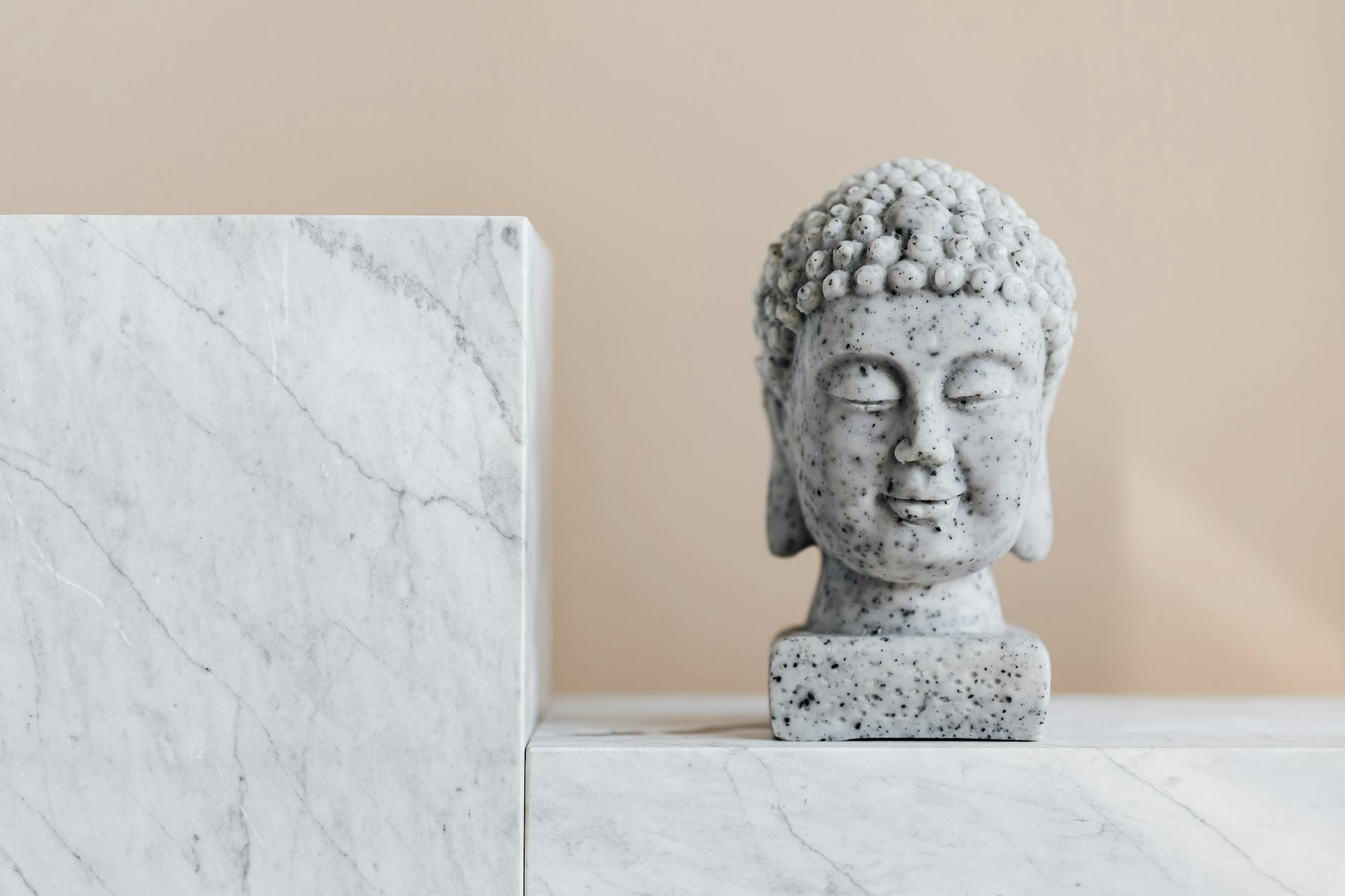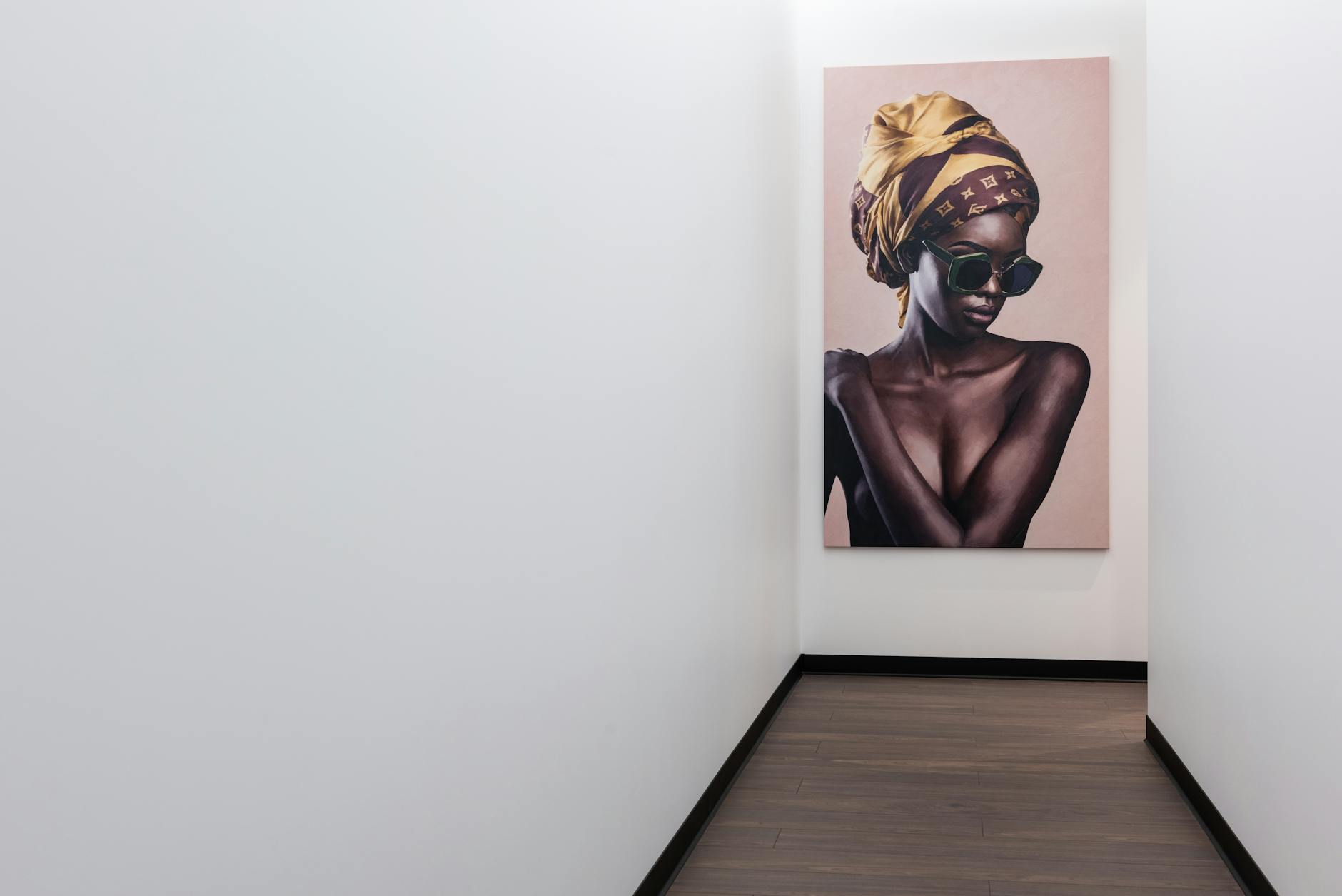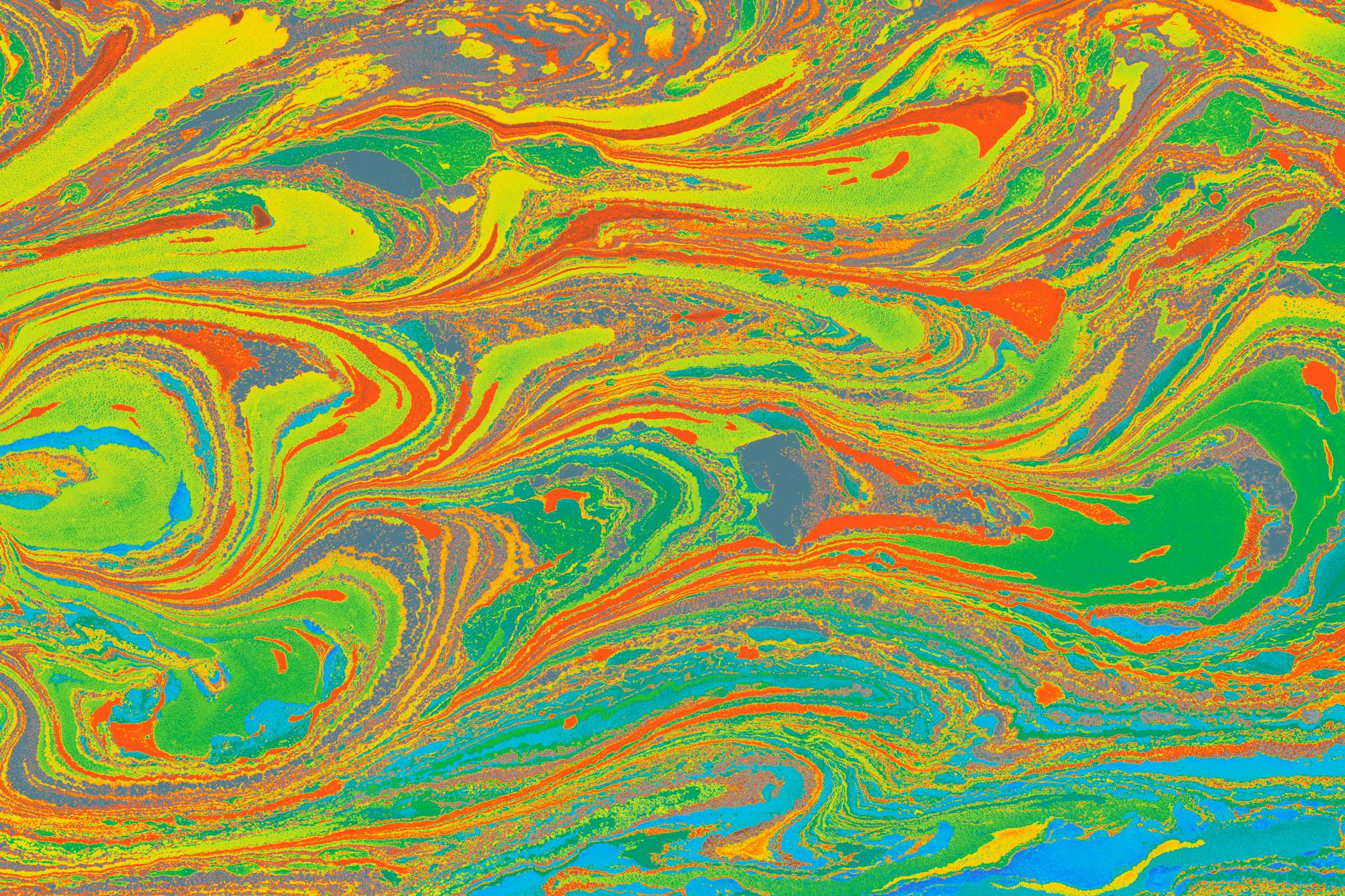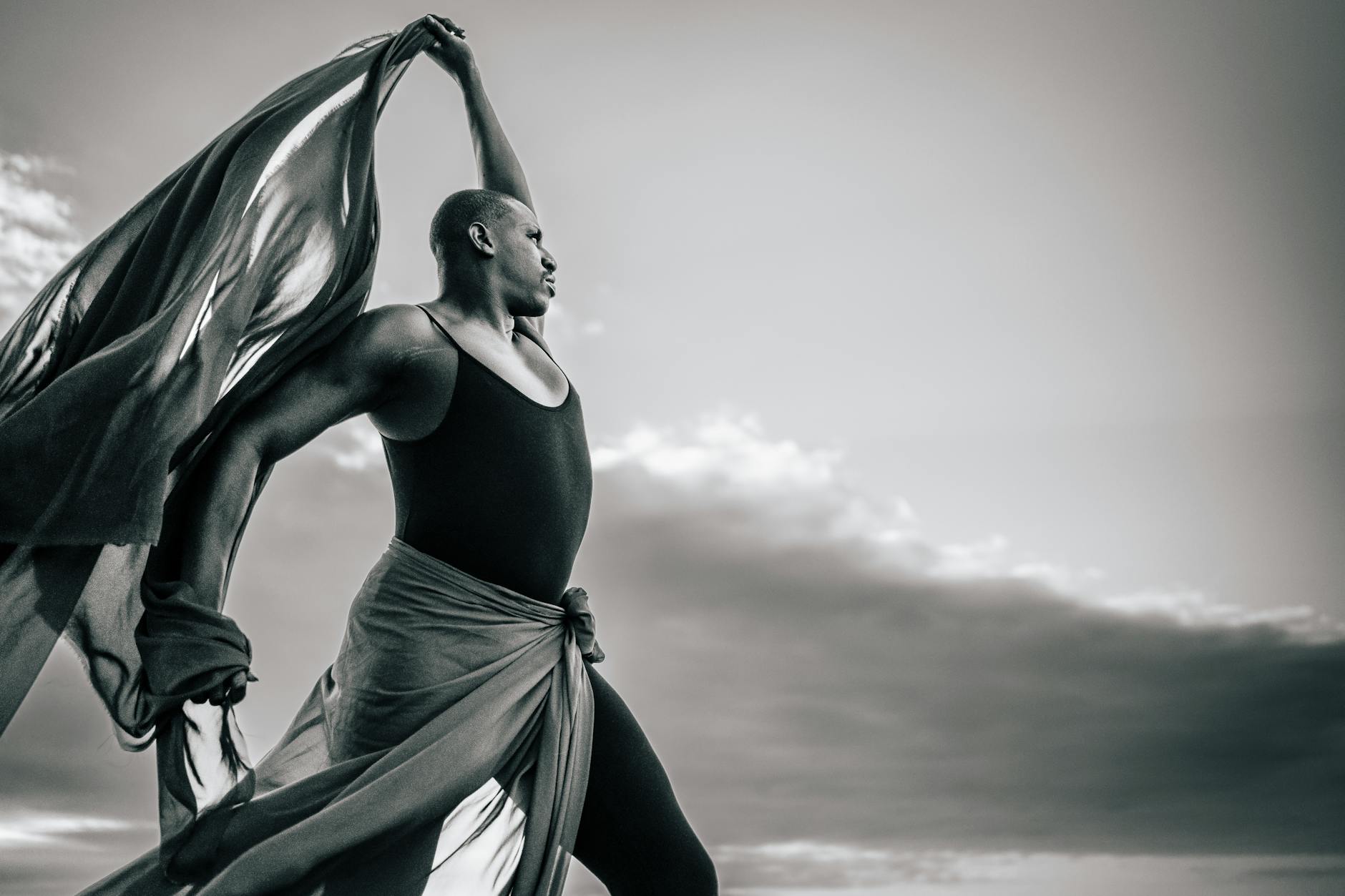The psychedelic movement of the 1960s and ’70s was more than just a fleeting deviation from traditional art forms. It evolved into a unique, world-renowned genre, defined by vibrant colors, intricate patterns, distorted forms, and a profound exploration of consciousness. This article shines a spotlight on five famous artists who contributed significantly to the evolution of psychedelic art, transforming it into an influential medium for examining the human consciousness and visionary experiences.
Firstly, Alex Grey, an American artist known for his spiritual and visionary art, has deeply influenced the contemporary psychedelic art world. Grey’s art is a vibrant tapestry of complex, metaphysical themes, interlacing life, death, science, and spirituality. Working with a broad range of techniques, from performance art to large-scale installations, Alex Grey’s art implores the viewer to ponder their existence within the larger cosmos.
Next on the list is Salvador Dali, known primarily for his contributions to surrealism, a predecessor to the psychedelic movement. Often injecting his personal obsessions and fantasies into his artwork, Dali’s dreamlike imagery heavily influences the psychedelic aesthetic. The distorted forms and fluid landscapes that define Dali’s oeuvre set the groundwork for the breakthrough of psychedelia into mainstream art.
Australian artist Pro Hart was known for harnessing his experiences in the outback into vibrant, evocative works of art. Often regarded as the father of the Australian Outback painting movement, Hart’s art is a creative cocktail of surrealism and psychedelic art. His works are vibrant narration of folk tales, life in the outback, and the beauty of the raw Australian landscape. He remains a symbol of how regional nuances can significantly shape the global psychedelic movement.
Ernst Fuchs, a prominent figure in the Vienna School of Fantastic Realism, amalgamated surrealist and psychedelic aesthetics to create intricate, mythological, and often dark pieces. His connection to spirituality, archaic symbols, and sagas created a powerful undercurrent in his works, leaving an undeniable mark on the psychedelic and visionary art traditions.
Lastly, Mati Klarwein and Robert Venosa account for a significant portion of album-cover art during the psychedelia’s heyday. Klarwein’s detailed, dreamlike landscapes and abstract portrayals have graced the covers of albums by Miles Davis and Santana. Similarly, Venosa created art that was a bridge between the mind and the cosmos, visible in the covers of albums by The Grateful Dead and others. Both artists played crucial roles in shaping public perceptions and enhancing the appeal of the psychedelic aesthetic and Mati Klarwein’s works, as well as Venosa’sfuturistic visions continue to inspire psychedelic artists today.
The influences these artists lent to the psychedelic art movement, coupled with their innovative techniques and unique interpretations of reality, have carved an indelible legacy in art history. Their work continues to inspire and elevate the platform of psychedelic and visionary art to new, transcendent heights. The exploration of inner worlds through vibrant, intricate forms has acted as a representative of the human consciousness, marking these artists among the key ambassadors of the psychedelic movement.








